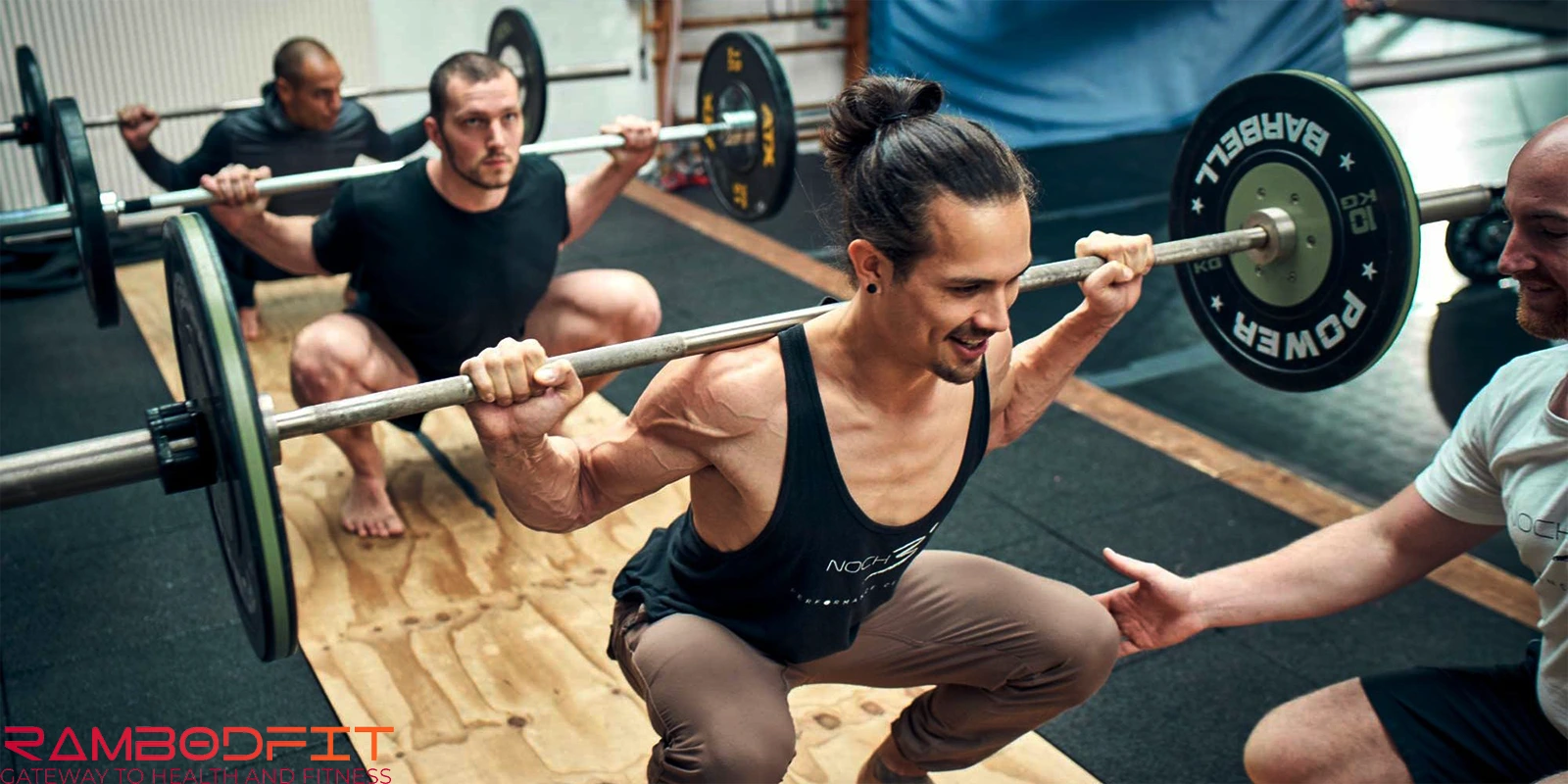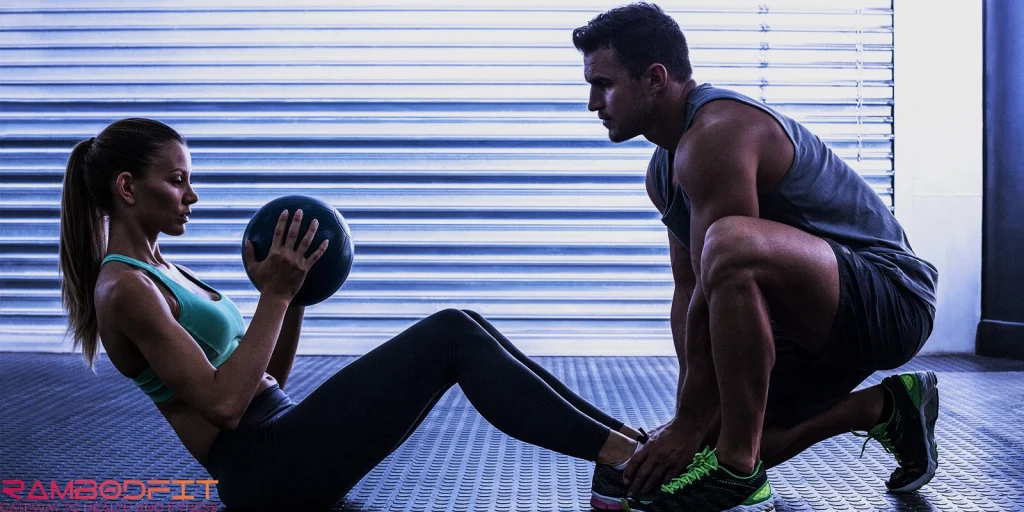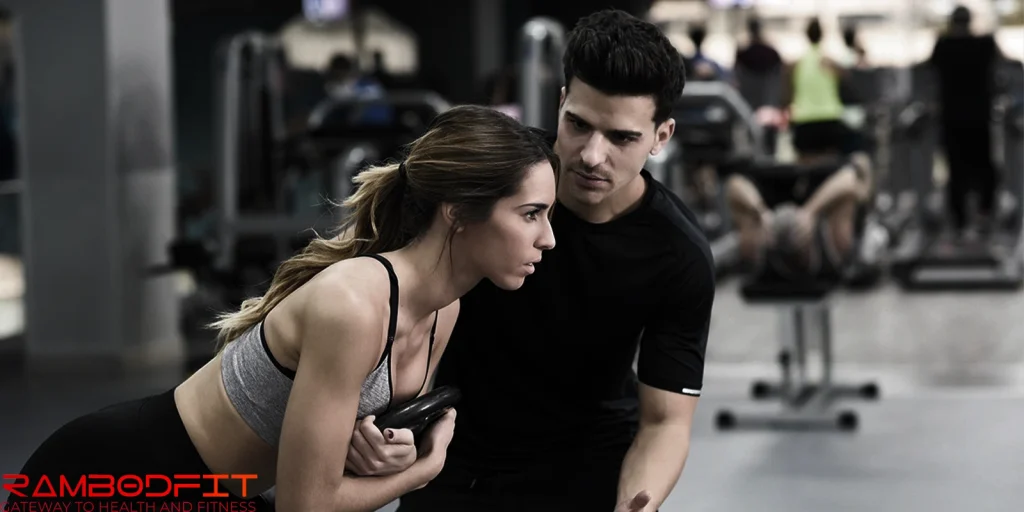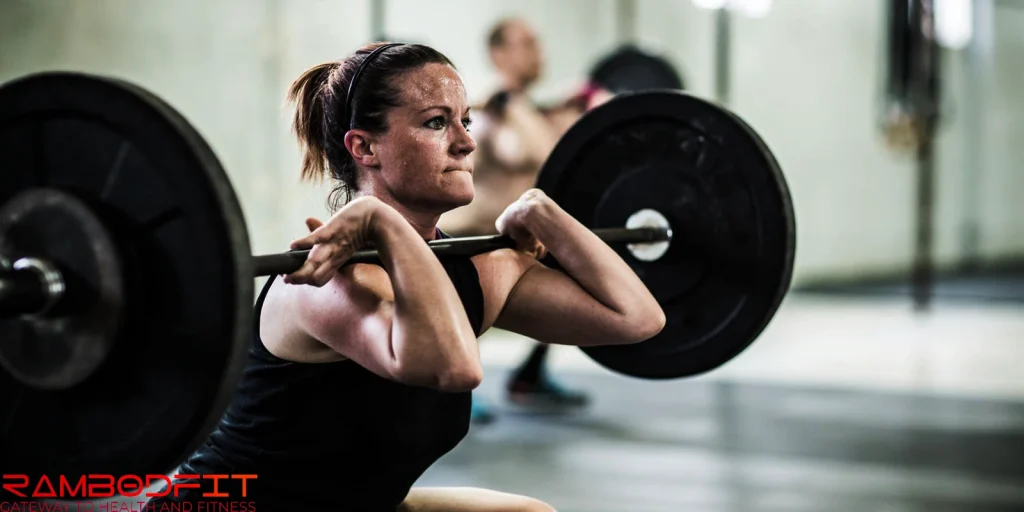


Heavy eccentric training, huh? Buckle up. This isn’t some basic gym-bro strategy—it’s serious business for folks who know their way around a barbell. You’re not a rookie if you’re poking around with this stuff, trust me. Got those dreaded muscle plateaus? Yeah, I’ve been there, staring at my stubborn biceps in the mirror, cussing them out (‘Grow already!’), and still—nothing. Volume up, reps up, nada. Then I stumbled on heavy eccentrics, and boom, suddenly things were moving again.
It’s kinda wild how a small tweak can slap your progress awake, and that’s exactly where heavy eccentric training benefits really shine. And if you keep it consistent, those same heavy eccentric training benefits can completely change the way you break through strength and size plateaus.
So let’s get into it: what heavy eccentric training actually is (spoiler: lots of slow, grueling negatives), why it kicks so much ass for muscle growth, what you need to watch out for (there’s always a catch), and how you can actually slot this dark magic into your gym routine. If you’re chasing long-term results, understanding heavy eccentric training benefits could be the game-changer you didn’t know you needed.
Here’s Rambodfit, the place for gym freaks and sporty geeks.
Table of Contents

Okay, so, picture lifting weights—there’s basically two things going on with your muscles: When you’re hoisting the weight up, your muscle’s getting shorter, and that’s what gym nerds call the concentric phase. Then there’s the part when you lower the weight back down—still fighting it, not just letting it crash—and your muscle’s actually lengthening under the strain. That’s the eccentric phase, and honestly, it’s brutal in a good way.
The Heavy Eccentric method? All about that second bit. You grab a weight that’s around 80-85% of your one-rep max (so, yeah, pretty heavy), push it up, and then sloooowly lower it—like, painfully slow, we’re talking 3 to 8 seconds of pure muscle-burning drama. You just embrace the shake and the burn, because that’s where heavy eccentric training benefits start to kick in.
What’s the point? Well basically, your muscles get roasted because they’re under tension longer AND fighting gravity. It’s a kind of pain that makes you stronger—or at least lets you brag about surviving leg day, all while knowing the heavy eccentric training benefits are stacking up in your favor.
So, here’s the deal: most of that juicy muscle-building tension? Yeah, it happens when you’re lowering the weight, not lifting it. Welcome to the “eccentric phase,” where the magic’s at. And if you really wanna get those gains, slow it down—like, cartoon slow-motion vibes. Trust me, your muscles will hate you (but in a good way). That’s pretty much the sweet spot for bulking up, and it’s exactly where heavy eccentric training benefits show up the strongest.
So here’s the deal—when you’re grinding out those slow, controlled reps (yeah, eccentric training, I’m looking at you), your muscles are getting these tiny little tears. Sounds bad? Eh, not really. That’s actually how your body builds up muscle. Kind of wild. Basically, you’re putting your muscles through enough stress that they have no choice but to level up—mechanical tension, muscle damage, all the good stuff that gets you swole, and that’s where heavy eccentric training benefits really come into play.
Heavy eccentric training? Oh, that’ll light up your nervous system like a Christmas tree. We’re talking major neural stress here—the kind that makes your muscles and brain actually team up, begrudgingly, to survive the torture. But hey, silver lining: stick with it and your body starts to figure things out. Your muscles and nerves get freakishly efficient, dialing in the coordination and pushing out some serious strength. Basically, you stop flailing and start crushing it, and that’s exactly where heavy eccentric training benefits make the whole grind worth it.
Oh, tendon reinforcement? Honestly, that’s where this whole training approach really shines. We’re not just talking muscle gains here—your tendons get tougher too, which is huge whether you’re an athlete chasing PRs or just someone bouncing back from an injury. Heavy eccentric training benefits kick in big here, since the slow negatives put controlled stress on connective tissue that makes it adapt and grow more resilient. Super underrated benefit, if you ask me.
Pro Tip: If you’re coming back from an injury, don’t go wild. Stick to like, 60–65% of your one-rep max—not 80–85%. You’ll still get stronger, but your joints and muscles won’t hate you the next day. It’s all about baby steps, not beast mode right out the gate, and knowing how to pace things ensures you can still enjoy those heavy eccentric training benefits safely.
✅ Relevant study: Eccentric training adaptations
✅ Supporting research: Neuromuscular benefits of eccentric exercise

Yeah, let’s dig into this a bit more, because honestly, eccentric training is kind of the gym world’s double-edged sword. On the one hand, it’s magic for muscle growth and strength. You slow down the lowering phase of a rep, load up the weight, and watch your gains pop off. But on the other hand? The dark side’s real, and it’ll bite you. That’s why understanding heavy eccentric training benefits is just as important as knowing the risks.
First, nobody really warns you just how much heavy eccentrics fry your entire system. Muscles get sore for days—like, can’t-walk-downstairs sore. But there’s more: your nervous system takes a hit too. If you suddenly can’t sleep right or your motivation tanks, it’s probably that overload talking.
Periodization is literally your friend here. People love to jump into things and do them all the time—I get it, progress is addicting. But with eccentrics, too much enthusiasm turns into a recipe for disaster. A couple times a month during peak training phases? That’s the sweet spot for most folks, unless you wanna gamble with burnout.
And trust me, the overuse trap is real. If you ignore the warning signs, you don’t just risk stalling progress, you might actually backslide. It’s not just joints either—tendons, ligaments, your whole infrastructure gets pushed. Injuries from this stuff aren’t like a little muscle tweak; they can stick with you for ages.
Like I mentioned earlier, I got too hype once and tried to sprinkle heavy eccentric squats into every week. For a while, I thought I was unstoppable, but nope—knee pain set in hard, and my body basically just hit the brakes on recovery. So yeah, lesson learned the hard way: being tough isn’t about suffering more, it’s about being smart and playing the long game—making sure you pace yourself to actually reap the heavy eccentric training benefits without burning out.
Bottom line? Eccentric training is awesome, but you gotta respect its power. Think of it like hot sauce—amazing in small doses, straight-up dangerous if you drench your whole plate. Listen to your body, cycle your intensity, and don’t be afraid to lay off the gas pedal sometimes. Your knees (and your sanity) will thank you, and you’ll get to keep enjoying the heavy eccentric training benefits without burning out.
Heavy Eccentric training—seriously, that’s like rocket fuel for smashing through plateaus and piling on serious muscle (hypertrophy, anyone?). Your tendons get in on the action, too, not just your biceps, triceps, or quads—though those love it, no joke. This is where the heavy eccentric training benefits really hit, helping you build both size and strength efficiently.
But hey, don’t get cocky. This isn’t some magic trick you use every session. You go wild with it, your body will let you know (and not in a fun way). Be smart. Sprinkle it in when you really need a kick, actually recover, and you’ll end up wondering why you ever bothered with all that bland cookie-cutter training. Trust me, your future self will thank you, and you’ll be riding the heavy eccentric training benefits wave without the burnout.

Heavy eccentric training isn’t just another shiny gym fad—nah, there’s proper science backing it up. You’re not only stressing the muscles, but you’re giving your nervous system this wild, wake-up call. Kind of like making your brain and muscles have a serious heart-to-heart for once. Ever seen someone lower a weight way slower than feels normal, and they look like they’re in some epic slow-motion battle? That’s the vibe, and it’s exactly where heavy eccentric training benefits start stacking up.
What’s wild is, your body actually gets tougher. Muscles? Yup, those grow, but your tendons start to act like they’re made of steel cables instead of the usual rubber bands. Suddenly that nagging ache in your knee or elbow doesn’t crop up quite as much. And your reflexes? Not ninja-level, but you’re definitely more coordinated because your brain is now running a tighter ship. Heavy eccentric training benefits aren’t just about size—they’re about resilience, coordination, and long-term joint health.
Here’s the bit everyone ignores: if you treat every workout like an action movie montage, your body’s gonna hate you. Eccentric training hits hard, and if you go overboard, it’s classic crash-and-burn territory—delayed onset muscle soreness, cranky tendons, the works. Instead, sneak it into your routine every now and then, just a couple sets here and there. Less grind, more gain. Plus, you’ll actually look forward to it instead of dreading stairs for a week. In short: add a little, not a ton, and let your body cash those checks you’re writing while reaping all the heavy eccentric training benefits.
Not recommended. This method is designed for advanced lifters who already have a strong foundation. Beginners should first master basic lifts and build resilience.
Typically between 3 to 8 seconds. Anything shorter reduces the stimulus, while much longer durations may increase injury risk.
It is highly effective for arms (biceps, triceps), quadriceps, hamstrings, and even chest muscles. These groups tend to respond well to controlled eccentric overload.